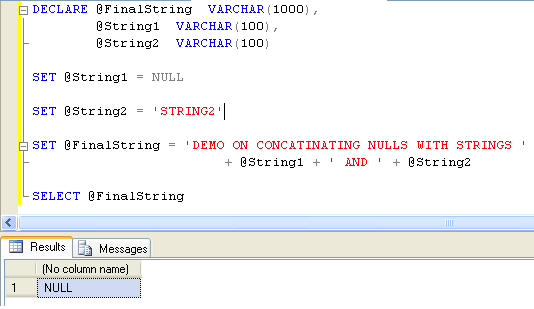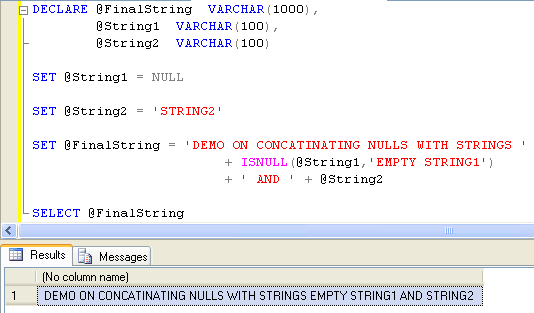One of the popular offers I always liked while pursuing a Microsoft Certification is once again back. The second shot offer gives the candidate an opportunity to have a second shot of the same exam at no additional cost (if the candidate could not successfully pass in the first attempt).
I am planning to take the MCITP : Database Developer 2008 exam and hope to use this offer as it gives me a cushion (If I cannot successfully pass at the first instance).. So I am rushing for a coupon…, remember the coupons are available for a limited time only. The offer is valid up to June 30, 2010. for more information visit promteric web site Here or Microsoft website Here
— Bru Medishetty


